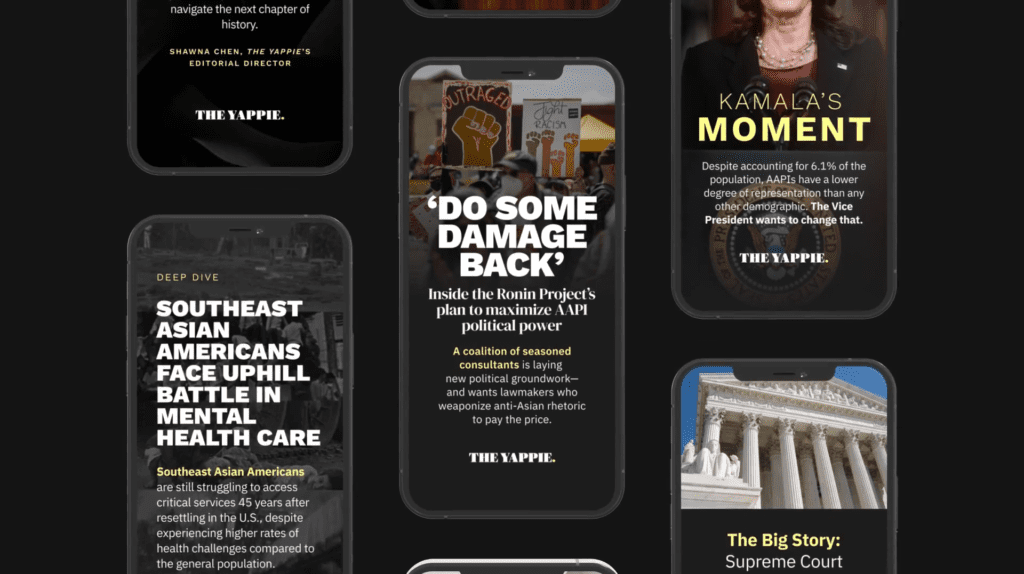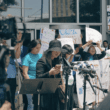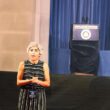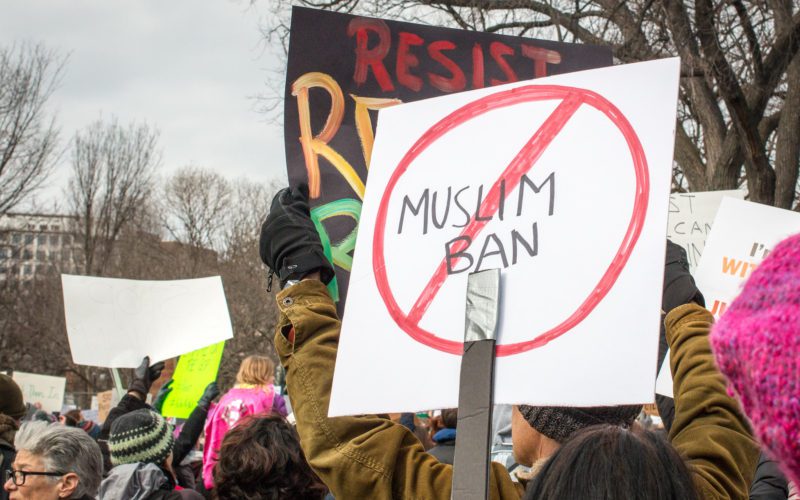Sign up here to receive The Yappie‘s weekly briefing on Asian American + Pacific Islander politics and support our work by making a donation.
50% of Indian Americans experienced discrimination in the last year, with skin color, gender, and religion being the three most common bases, according to a study conducted in September 2020 and published in early June. The results come amid a surge in anti-Asian hate and Islamophobia.
Indian Americans, like other Asians, weren't welcome in the U.S. when they first arrived in the country. As late as the 1990s, white nationalist groups like the Dotbusters organized frequent attacks on Indian American communities.
Anti-Muslim hate crimes—and attacks on anyone mistaken as Muslim—increased dramatically in the United States following the 9/11 attacks. Predjuced conceptions targeted South Asians as terrorists and often led to police brutality in areas with large Indian American populations. Hate incidents reached a peak in 2017, which experts attribute to former President Donald Trump’s xenophobic rhetoric and Muslim ban.
Despite this uptick, there is “surprisingly little systematic data” on Indian Americans’ “everyday social realities,” the study’s authors write. Co-authored by researchers from the Carnegie Endowment, University of Pennsylvania, and Johns Hopkins School of Advanced International Studies, the study aims to fill in that gap.
Indian Americans have been the second-largest and richest immigrant group in America since 2016, but this “has not inoculated them from the forces of discrimination, polarization, and contestation over questions of belonging and identity,” the study’s authors write.
The Indian American experience
After surveying 1,200 Indian Americans in partnership with analytics firm YouGov, researchers found that colorism was the most common form of discrimination, reflecting a privilege of lighter-skinned individuals that remains widespread in the U.S. and India.
30% of respondents reported that they experienced discrimination based on their skin color in the past year. 93% of those who reported being discriminated against on the basis of skin color said that non-Indians were perpetrators, while other Indians were a source of such discrimination for 29% of respondents (22% reported discrimination on the basis of skin color from both Indians and non-Indians).
After skin color and gender, religion was identified as the third-most common basis for discrimination (18%). Respondents reported a variety of religious identities; the three most common were Hindu (54%), Muslim (13%), and Christian (9%).
Rates of religious discrimination varied drastically: Muslim respondents (39%) were the most targeted, compared to 18% of Hindus, 15% of Christians, and 9% of believers of other faiths.
Country of origin (16% of respondents) and caste (5% of respondents) were the fourth- and fifth-most common bases for discrimination.
A deeper look
The survey results confirm what was largely already known, Indian Americans said on Twitter.
Reinforced by media representation and beauty product advertising, colorism has long dominated ideals of beauty in the U.S. and in Asia. Both Hollywood and Bollywood movies overwhelmingly cast lighter-skinned actors in leading roles, while marketing for cosmetic products like Hindustan Unilever’s flagship “Fair and Lovely” cream, which accounts for 40% of face care products in India, further idolize lighter skin.
In June, the release of Chinese American director Jon M. Chu’s film “In The Heights” sparked discussion about dark-skinned erasure, with Black Latinx Americans criticizing the movie for failing to adequately represent the Black and Afro-Latinx population in Washington Heights, where the film is set. The backlash echoed concerns raised three years prior when Chu’s film “Crazy Rich Asians” cast predominantly lighter-skinned East Asian leads in the film’s depiction of Singapore, where 22.5% of the population are of darker-skinned Malay and Indian ethnicities.
In the U.S., colorism is tied to a history of Black slavery and institutional racism. Confrontation with anti-Blackness in America intersected with confrontation with colorism in India in June 2020, when the police killing of George Floyd sparked protests and dialogue about anti-Blackness around the world.
Activists criticized Indian celebrities for publicly supporting Black Lives Matter while continuing to be a part of colorist marketing campaigns like those for Fair and Lovely. In July 2020, Unilever rebranded “Fair and Lovely” to “Glow and Lovely” in response to years of protests against colorism in India.
Religious markers, which along with skin color can incite preconceived prejudices, have also led to targeted hate. In March this year, the United Nations Human Rights Council released a report highlighting growing Islamophobia in the U.S. and Europe—40% of Europeans and 30% of Americans reported negative views of Muslims in surveys.
This sentiment was exacerbated by media coverage of the COVID-19 pandemic; major publications including The New York Times, CNN, and BBC misleadingly portrayed Muslim people and countries as spreaders of the virus. Israel and Hamas’ exchange of fire has also led to a spike in Islamophobic incidents.
Other Indian American religious groups have faced attacks, too. This April, four Sikh workers were killed in a shooting at a FedEx warehouse in Indianapolis with a 90% Sikh workforce. Authorities later said the shooter had visited white supremacist websites a year before the rampage.
Though not as discussed in mainstream media, caste played a big role in perpetuating colorism and still influences dynamics today. The caste system was used in India to assign every individual to a class that determined their occupation and social group. Solidified under British rule in the late 19th and early 20th centuries, the caste system was formally abolished following India’s achievement of independence in 1948, but its effects of social stratification and economic inequality are still present in India today.
In the Carnegie Endowment survey, 47% of Hindu respondents reported identifying with a caste. Of those who identified with a caste, 27% said all or many of their friends come from the same caste, compared to 19% among those who did not identify with a caste.
With increasing population and visibility, “the Indian American community has come of age,” the report’s authors write in its conclusion. The community has also gained significant attention since Kamala Harris became vice president, who expressed her support for the South Asian and broader AAPI community in speeches responding to anti-Asian hate: “Everyone has the right to be recognized as American—not as the ‘other,’ not as ‘them,’ but as ‘us.’” Yet, as the community continues to grow and mature, Indian Americans face a range of challenges shaped by diverse cultural and religious conditions in India.
Shawna Chen contributed reporting.









